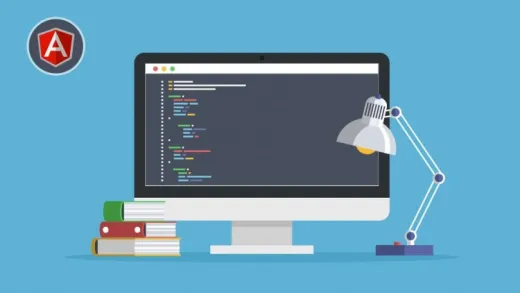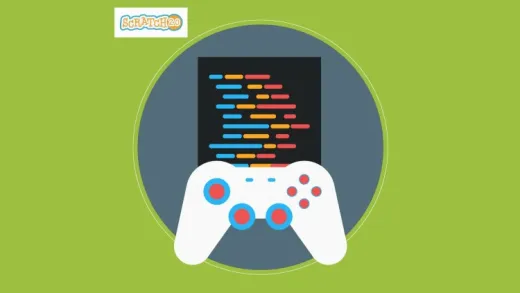About This Course
Explore the possibilities of C# for developing a variety of applications
Data structures allow us to organize data efficiently. They are critical to various problems and their suitable implementation can provide a complete solution that acts like reusable code. In this course, you will learn how to use various data structures while developing in the C# language as well as how to implement some of the most common algorithms used with such data structures.
Initially, you will get to know arrays, lists, dictionaries, and sets together with real-world examples of your application. Then you will learn how to create and use stacks and queues. In the following part of the book, more complex data structures will be introduced—trees and graphs—together with some algorithms for searching the shortest path in a graph. We will also discuss how to organize code in a manageable, consistent, and extendable way. By the end of the course, you will have learned how to build components that are easy to understand, debug, and use in different applications.
About the Author
Marcin Jamro, PhD, is an entrepreneur and researcher, as well as a developer and architect of various kinds of applications. He is the President of the Board at TITUTO Sp. z o.o. [Ltd.] in Rzeszów, Poland.
Marcin is interested in many aspects of computer science, including software engineering and project management. He is the author of two other books—Windows Phone 8 Game Development (2013) and Windows Application Development Cookbook (2017), both by Packt Publishing.
Marcin has published several papers, participated in many conferences, organized a few of them, and participated in two internships at Microsoft in Redmond, USA. He has MCP, MCTS, and MCPD certificates.
How to use arrays and lists to get better results in complex scenarios
Implement algorithms such as the Tower of Hanoi on stacks of C# objects
Build enhanced applications by using hashtables, dictionaries, and sets









Jimmys A. A. 2.
i am stupid so i dont understand